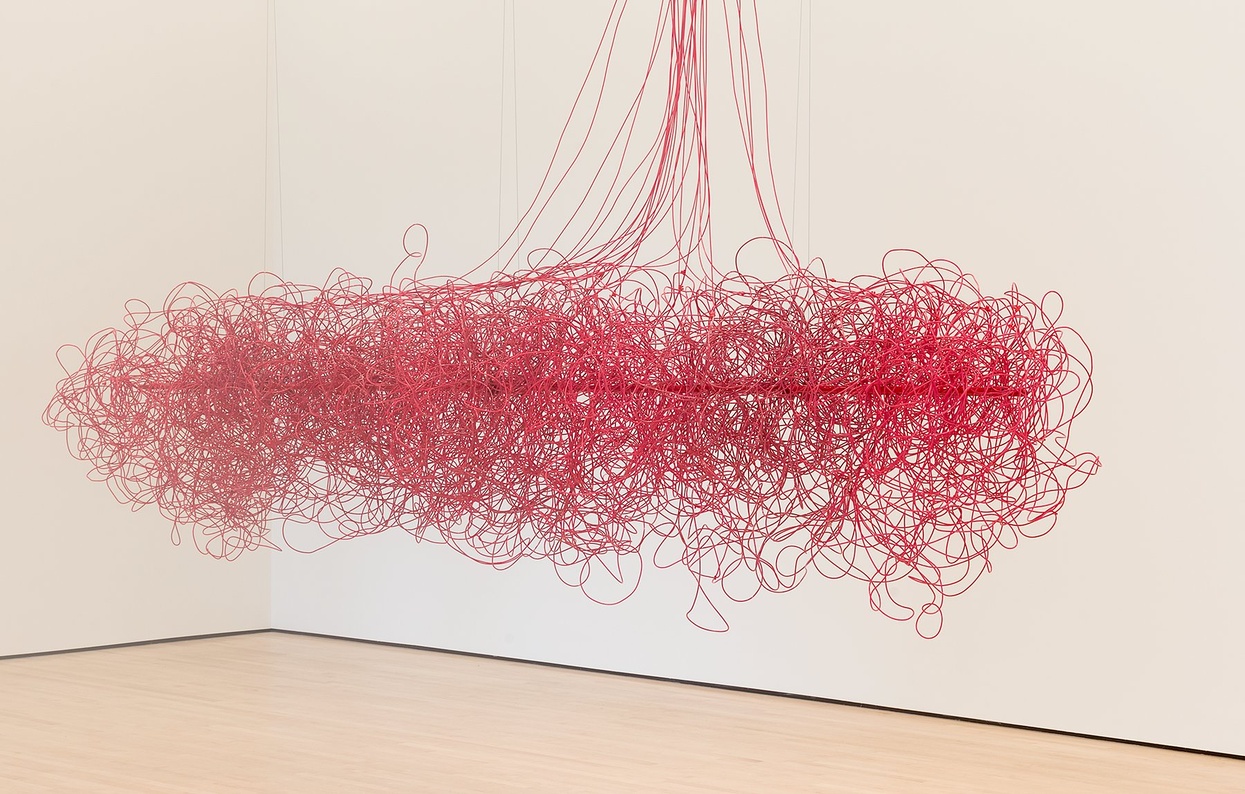Harry Burson at SCMS

Harry Burson, a graduate student studying audovisual media in the Film & Media department, presented his latest research at the Society for Cinema and Media Studies Annual Conference in Toronto, Canada. The conference took place from March 14-18.
The Spring 2018 BCNM Conference Grant helped cover Burson's costs of attending a premier conference in his field. We're so pleased to continue to support our graduate students in sharing their amazing research.
In his own words:
I’m extremely grateful to the Berkeley Center for New Media for support to attend the annual conference for Society for Cinema and Media Studies in Toronto. The paper I presented, “Hearing the Cloud: Sound, Environment, and Representing the Supersensible,” focused primarily on recent work by German sound artist Christina Kubisch. My presentation explored the sonic representation of data networks, infrastructural systems, and supersensible information in contemporary audiovisual media. I argued that the fundamental inability to illustrate the complexity of new informational and social structures in visual terms has engendered new strategies of representing the contemporary world through sound in the arts. The hegemony of vision that characterized accounts of knowledge in modernity has been significantly challenged by recent works of new media and sound art that explore the role of the auditory in comprehending and apprehending everyday reality.
Kubisch’s sound art installation Cloud (2011/2017) is an exemplary distillation of such a sonic approach. Cloud presents a seemingly random tangle of wires emitting fourteen discrete channels of sound through electromagnetic transmissions that become audible as the listener moves around the work wearing specially designed headphones. In this way, the invisible electromagnetic structure hidden in the mess of wires becomes sensible only through sound. Building on Fredric Jameson’s understanding of cognitive mapping, my presentation related Kubisch’s piece to new approaches in audiovisual media that use sound to investigate the hidden, complex, and ubiquitous networks that structure contemporary life.
For me, participating in this year’s SCMS conference has been an invaluable experience. My paper was part of a sound studies panel called “Sounding Sensorial Histories” that generated a thoughtful discussion among audience members and my fellow participants. Additionally, I was able to attend numerous talks on a variety of topics in film and media studies. I was particularly impressed by the interesting work being produced in the burgeoning field of sound studies, and was invigorated by my exposure to so much fascinating scholarship.
